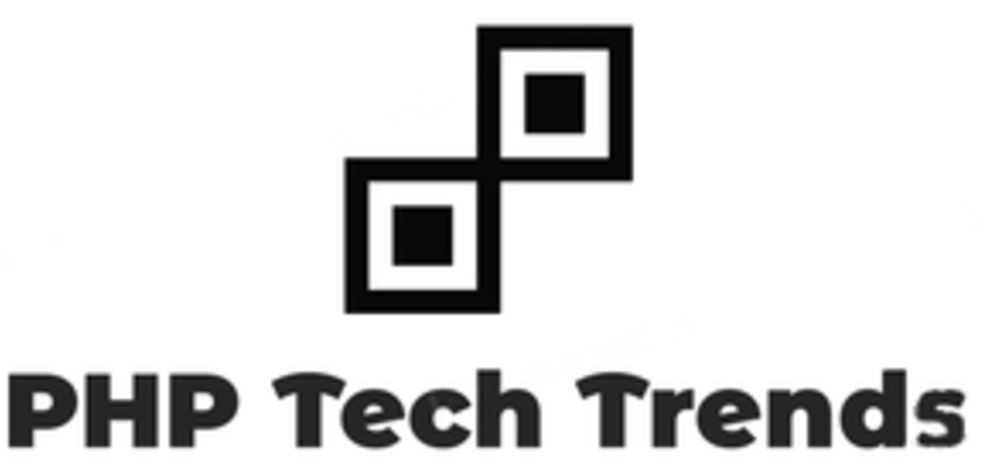PHP has long been a cornerstone of web development, powering everything from simple blogs to complex e-commerce platforms. As the demand for robust and reliable applications grows, so does the importance of testing in the PHP ecosystem. Gone are the days when developers relied solely on manual testing or ad-hoc scripts to ensure their code’s functionality. Today, automated testing is not just a luxury; it’s a necessity.
With various frameworks emerging over time, PHPUnit stands out as one of the most influential tools in this arena. But what lies beyond PHPUnit? How have advancements in technology shaped PHP testing? Let’s dive into this fascinating evolution and explore how modern practices can elevate your development process while ensuring that your applications perform flawlessly under pressure.
The Birth of PHPUnit
PHPUnit emerged in the early 2000s as a response to a growing need for efficient testing frameworks within the PHP community. Developed by Sebastian Bergmann, it was inspired by JUnit, which had already made waves in Java testing.
Initially, PHPUnit offered basic functionality. Developers quickly embraced its straightforward syntax and flexibility. This simplicity allowed both beginners and seasoned coders to adopt it without facing steep learning curves.
As more developers recognized the importance of unit testing, PHPUnit continued to evolve. It introduced features like mock objects and data providers that enhanced test coverage significantly.
The community rallied around this tool, contributing various extensions and improvements over time. This collaborative spirit marked a turning point for PHP development practices, setting the stage for comprehensive automated testing strategies that would follow.
Advancements in PHP Testing Technology
The landscape of PHP testing has seen remarkable advancements in recent years. Tools have evolved to meet the needs of modern developers, making testing not just easier but also more efficient.
One standout trend is the rise of continuous integration (CI) and continuous deployment (CD). These practices allow for automated tests to run with every code change, catching errors early. It saves time and enhances overall software quality.
Another shift is toward behavior-driven development (BDD). Frameworks like Behat are gaining traction. They focus on collaboration between technical and non-technical team members, ensuring everyone understands project requirements.
The emergence of containerization technologies like Docker simplifies environment setup for testing. Developers can replicate production environments accurately, reducing discrepancies during deployment.
With tools designed for parallel testing and mocking libraries that streamline test creation, PHP developers now enjoy a robust ecosystem that supports rapid growth and innovation in their projects.
The Importance of Automated Testing for PHP Developers
Automated testing has transformed the landscape for PHP developers. It allows teams to catch bugs early, saving time and resources in the long run.
Manual testing can be tedious and error-prone. Automation streamlines this process, providing reliable results with each code change. Developers can focus on writing new features rather than getting bogged down by repetitive tasks.
Automated tests create a safety net for refactoring code. When changes are made, running tests ensures that existing functionality remains intact. This boosts confidence in deploying updates.
Collaboration also benefits from automation. With consistent test results, team members can communicate effectively about issues or improvements needed without ambiguity.
Embracing automated testing enables PHP developers to enhance productivity while maintaining high-quality standards throughout their projects.
Other Popular PHP Testing Frameworks
While PHPUnit is often the go-to choice for many developers, several other frameworks deserve attention. One such framework is Codeception. It combines unit testing, functional testing, and acceptance testing into one powerful tool. Its syntax is easy to grasp, making it a favorite among newcomers.
Another noteworthy option is Behat. This behavior-driven development (BDD) framework focuses on collaboration between developers and non-technical stakeholders. Behat enables teams to write human-readable specifications that help bridge communication gaps.
For those focused on performance, Pest offers an elegant syntax that simplifies writing tests while maintaining speed and efficiency. It’s gaining traction for its modern approach to PHP testing.
PHPSpec targets specification-based development specifically aimed at creating better-designed code through continuous feedback loops during the coding process. Each of these frameworks provides unique features catering to different needs in the PHP ecosystem.
Best Practices for Implementing PHP Testing in Your Development Process
Implementing PHP testing effectively can significantly enhance your development process. Start by integrating tests early in your workflow. This practice, known as test-driven development (TDD), encourages writing tests before the actual code.
Establish clear and consistent naming conventions for your test cases. This enhances readability and makes it easier to understand what each test is validating.
Keep your tests isolated from one another. Each unit should stand on its own to ensure that failures are straightforward to diagnose without external dependencies complicating matters.
Automate where possible. Continuous integration tools streamline running tests automatically when changes occur, catching issues promptly.
Regularly review and refactor your test suite. As new features emerge or existing ones change, updating the associated tests keeps them relevant and effective.
Encourage team collaboration around testing practices, sharing insights on improving coverage and efficiency across projects.
Conclusion: Embracing the Future of PHP Testing
The landscape of PHP testing has transformed significantly over the years. From its early days, where manual checks were common, to the advanced frameworks and tools available today, the journey has been remarkable. PHPUnit paved the way for structured testing processes that many developers rely on now.
As automated testing gains traction within development workflows, it becomes increasingly essential for PHP developers to incorporate these practices into their routines. Embracing various testing methodologies not only improves code quality but also enhances overall productivity.
With emerging technologies and continuous advancements in PHP frameworks, it’s clear that staying informed is crucial. Developers should explore options beyond PHPUnit and keep an eye on evolving trends in the industry. The future of PHP testing is bright with endless possibilities waiting to be discovered.
Adaptability will define success in this ever-changing environment. By committing to thorough testing strategies today, you pave the way for robust applications tomorrow. As we move forward, embracing innovation while grounding our efforts in best practices will ensure a prosperous journey through the world of PHP development and beyond.

